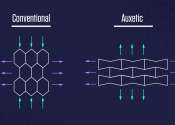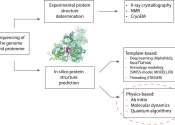New 3D-printed microscale photonic lantern opens opportunities for spatial mode multiplexing
Optical waves propagating through air or multi-mode fiber can be patterned or decomposed using orthogonal spatial modes, with far-ranging applications in imaging, communication, and directed energy. Yet the systems that perform ...






